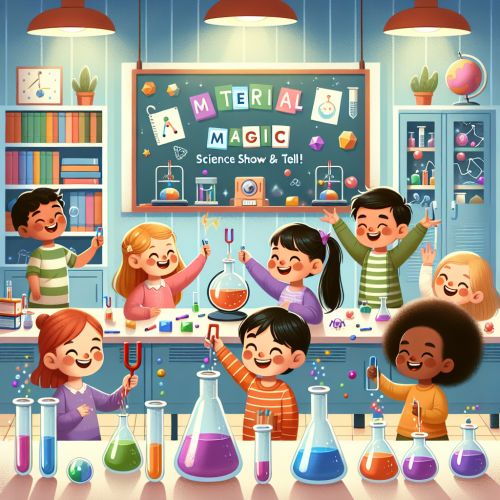| Activities |
Experiment Refinement - Review trial demonstration results and refine the experiment plan for clarity and accuracy, integrating peer feedback (25 min)
Evidence Compilation - Gather and organize evidence supporting findings in preparation for final presentation, using charts and diagrams (20 min)
|
Presentation Design - Develop an engaging presentation format using multimedia tools to communicate scientific information effectively (30 min)
Peer Review Panel - Rotate through peers' presentations to offer constructive feedback on clarity and engagement, focusing on effective communication (15 min)
|
Final Demonstration Preparation - Set up materials and practice the final demonstration, ensuring all safety procedures are followed (20 min)
Reflection Journal Entry - Document personal insights and growth throughout the project, reflecting on learning targets and competencies achieved (25 min)
|
Material Masters Showcase Rehearsal - Conduct a full rehearsal of TED-style talks, incorporating peer and teacher feedback for improvement (25 min)
Interactive Booth Setup - Arrange interactive booth displays for Science Material Expo, ensuring informative and engaging presentation (20 min)
|
Science Material Expo - Present interactive booths and demonstrations to peers, teachers, and community members, showcasing research and practical applications (45 min)
|

